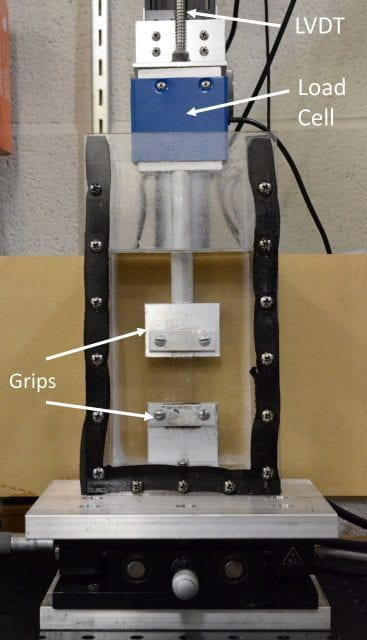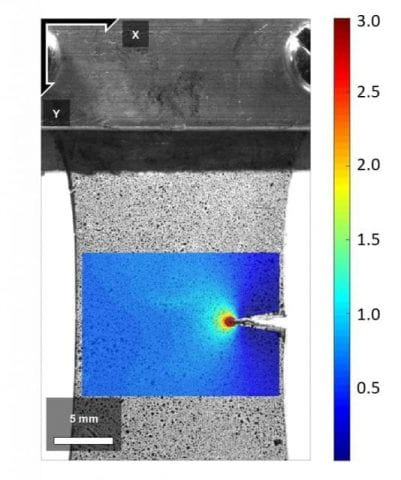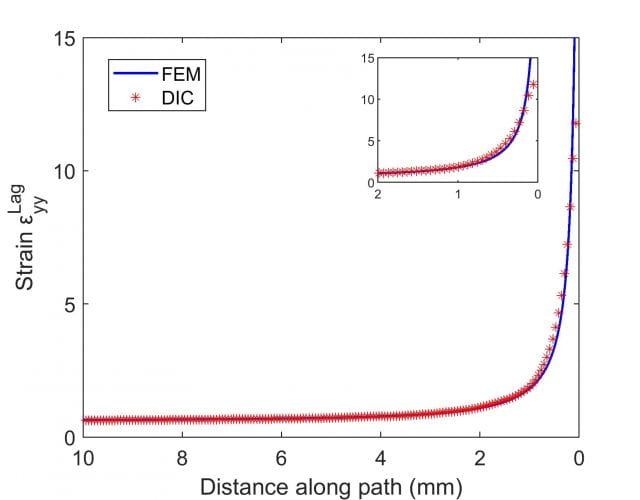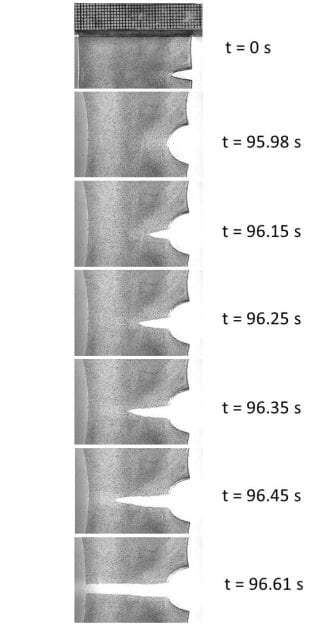Overview
A hydrogel is a network of polymer chains swollen in water. This class of material is a good candidate for biomedical engineering applications. The goal of this project is to study the mechanical behavior of a PVA dual-crosslink hydrogel using experiments, theoretical modeling, and numerical simulation. The network in the gel consists of two types of bonds, covalent bonds, and physical bonds. The physical bonds can reform after breakage. Thus upon unloading and resting the gel can fully recover to its original state. This is the “self-healing” feature of the gel. This self-healing feature adds complexity to the mechanical response of the material.
Time-temperature viscoelasticity
The mechanical response of the this PVA dual-crosslink hydrogel depends on the temperature and loading rate. We performed large strain uniaxial tension tests (30% applied strain) at different temperatures and loading rates. The results were fitted using a constitutive model developed in our previous work. A set of material parameters were obtained. We also performed small strain torsional rheology (0.3% strain) at different temperatures and frequencies. The results were analyzed using conventional time-temperature superposition (TTS). We obtained both the horizontal and vertical shift factors from TTS. By analyzing the material fitting parameters from the uniaxial tension tests and horizontal and vertical shift factors from rheology tests, we established the connection between both types of experiments under different temperatures and loading rates.
Relevant Publication:
Application of Digital Image Correlation (DIC) to the crack tip strain measurement
DIC is an effective, optical technique for measurement. It is challenging to perform DIC on hydrogels experiencing large deformation and high strain gradient. The goal of this study was to establish the accuracy of this method and apply this method to study the strain field near the crack tip. We built a 2D DIC setup and calibrated this setup following rigorous procedures to minimize systematic errors. Then we performed DIC while loading hydrogel specimens with a crack. The strains measured from DIC were compared against Finite Element (FE) simulation. A very good agreement was achieved. We also applied DIC to study crack propagation. We show that the crack grew in steady-state and the growing crack induced a very high strain rate, causing very high stress ahead of the moving crack tip.
Relevant Publication:
Fracture mechanics of hydrogels
Understanding the fracture is critical for the application of such material. The two major challenges are that the stress fields near the crack tip are difficult to obtain and there hasn’t been a good predictive failure model. In this study, we performed tension tests on specimens with an edge crack. The specimens were loaded until failure. There were two types of loading applied: constant nominal stress and constant stretch rate. The stress fields near the crack tip for different experiments were simulated using Finite Element (FE). A parameter characterizing the stress amplitude near the crack tip was extracted from the FE results. This parameter was incorporated in a kinetic failure criterion. We show that this failure criterion was able to give a good prediction of the material’s fracture in both types of experiments. This provides a possible failure criterion of such materials as well as a systematic way of studying their fracture.
Relevant Publications:



